Steve Latour and his wife were enjoying their usual early morning coffee in the sun outside their lake house in the Kootenay region of British Columbia when they heard noises coming from the bat box attached to the side of the house. Every summer, about 150 Yuma myotis bats return to the box, using it as a maternity colony to give birth to pups and take care of them until they are ready to leave for hibernation in the autumn.
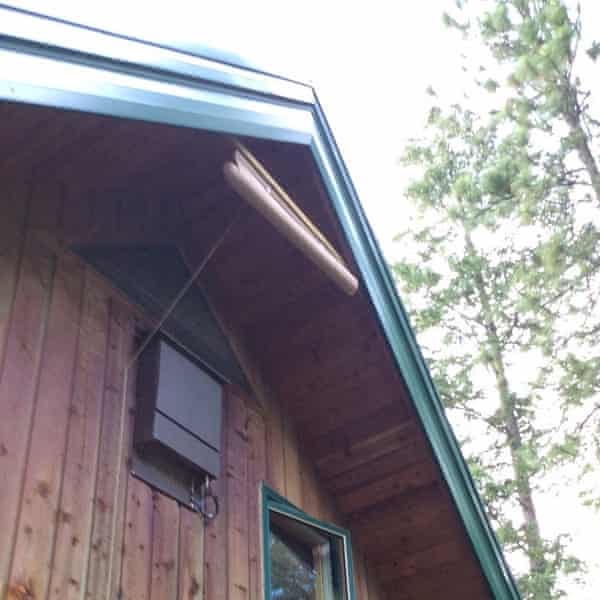
“We noticed that as soon as the sun hit the bat box, they would become agitated. We could see them come down to the bottom of the box, trying to cool down and get fresh air,” says Latour.
One summer morning, he discovered 28 dead pups underneath the box and realised they had succumbed to excessive heat. Latour initially draped the box with a bed sheet to shade it, and later installed a blind that he could open and close to keep the sun off the box in the early morning. The fix worked. “Once they were back in the shade, everybody would shut up for the day and we did not hear them move around in the morning any more.”
Bats play an important role in the ecosystem. As voracious predators of insects, for example, they help to control crop pests, reducing the need for pesticides on agricultural land. So, over the years, animal lovers, conservation organisations and naturalist groups have installed artificial bat boxes to replace lost buildings and natural roosts where the bats come back year after year.
But scientists are now discovering that in a rapidly warming climate, overheating bat boxes can be a death trap.
Female bats rely on the surrounding air temperature to maintain their body heat and need a warm environment to raise their pups. “Bat boxes can be beneficial as they can help pups grow faster and females gather the energy they need for lactation,” says Joy O’Keefe, an assistant professor who studies the roosting and ecology of bats at the University of Illinois department of natural resources and environmental sciences.
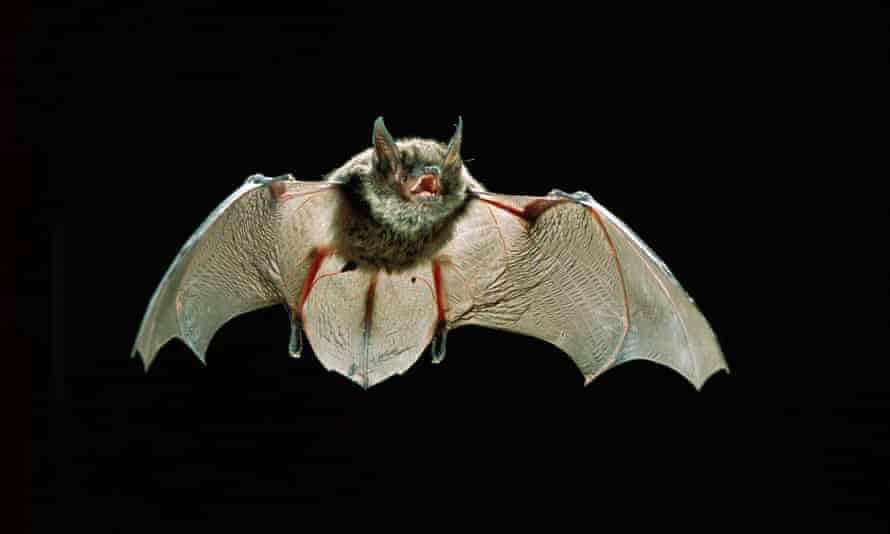
But if the roost is too hot the bats become heat-stressed. “Bats walk a tightrope because a one-degree change can make a difference as to whether they live or die,” says Cori Lausen, a bat biologist with Wildlife Conservation Society Canada.
In the wild, bats frequently move between rock and tree crevices to find the right temperature – not too cold and not too hot. Lausen found that a colony of female big brown bats she studied in Alberta used 72 different rock-crevice roosts during the summer. “If you think of a colony in nature needing that many roosts to find the just right temperature every day to raise their pups, how can we possibly give them just one bat box? We can clearly see that they need a lot of choices,” Lausen says.
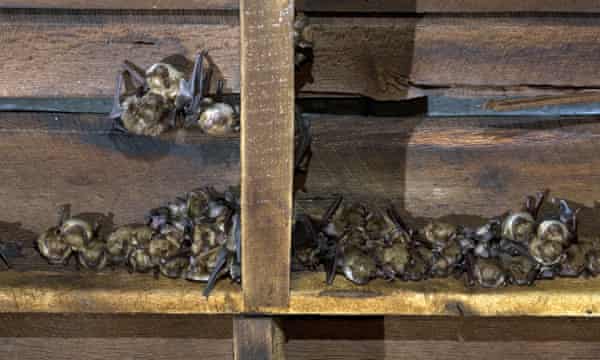
When they take up residence in the attic of an old building, bats can move inside the space. But they can’t do this as easily in a small bat house. They become more vulnerable to overheating and dehydration.
In June 2019, Susan Dulc, a master’s student at British Columbia’s Thompson Rivers University, received a call from a landowner who had noticed that bats were flying during the daytime, leaving the bat box that had been installed on the property for the shade of a nearby walnut tree. Dulc, who is comparing the microclimate conditions in bat boxes and buildings in the Kootenay and Okanagan regions of the province, discovered that the temperature was more than 42C inside the box with 100% humidity – a lethal threshold for the Yuma myotis bat and the little brown bat species that Dulc is monitoring. “We found that bat boxes are much warmer than ambient temperatures,” she says.
As temperature records are broken and heatwaves become more frequent and longer lasting around the world, the problem of bats overheating has become a global concern. In the Catalonia region of Spain, Carles Flaquer, a bat research group coordinator for the Natural History Museum of Granollers, documented 797 overheating events during a bat-box monitoring programme over a period of 150 days, with temperatures reaching more than 40C. “We have seen amazing increases in temperatures in Catalonia, and the episodes of overheating have been terrible for the bats,” he says.
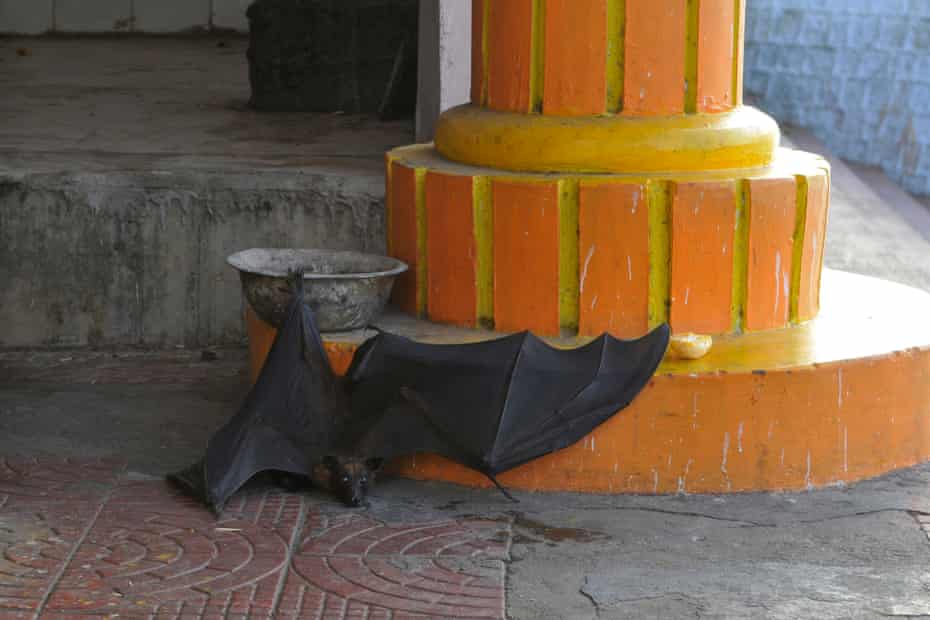
Wildlife rehabilitation centres are receiving large numbers of grounded bats suffering from dehydration during the breeding season, not just those roosting in boxes but also in buildings. In the UK, 63 pipistrelle bat pups were rescued in the Manchester area after falling to the ground from a building roof that had become too hot during a heatwave in July 2020. “Every year, temperatures are rising a bit more and we are reaching a critical phase where heatwaves are becoming at a level that is a danger for bat populations,” says Orly Razgour, senior lecturer in ecology at the University of Exeter.
Razgour is studying how the distribution of bats in the UK will be affected by the climate crisis in the future. “Over the next 30 years we will see reduced climatic suitability across many parts of the UK, in particular in the most southeastern parts. Put on top extreme heat events and it will happen a lot more rapidly,” she says. “Bats have a very slow reproductive rate and when those extreme heat events start to happen more frequently, bat populations will find it more difficult to recover.”
In the meantime, as temperatures continue to rise elsewhere in Europe, the UK can expect more bat visitors, says Carol Williams, director of conservation at the Bat Conservation Trust. “We will start to see the UK become more important for a larger number of species of bats.” For example, the grey long-eared bats that are among the UK’s rarest mammals, with fewer than 1,000 individuals, are expected to struggle in the increasingly hotter climates of Spain and Portugal and may find more suitable conditions in the UK.
But the unimproved grasslands that grey long-eared bats rely on have declined by more than 92% in the past 100 years, says Williams. The Back from the Brink project aims to change this and works with landowners to retain and enhance habitats for the bats. “We need to make sure our landscapes allow the species to fare well,” she says.
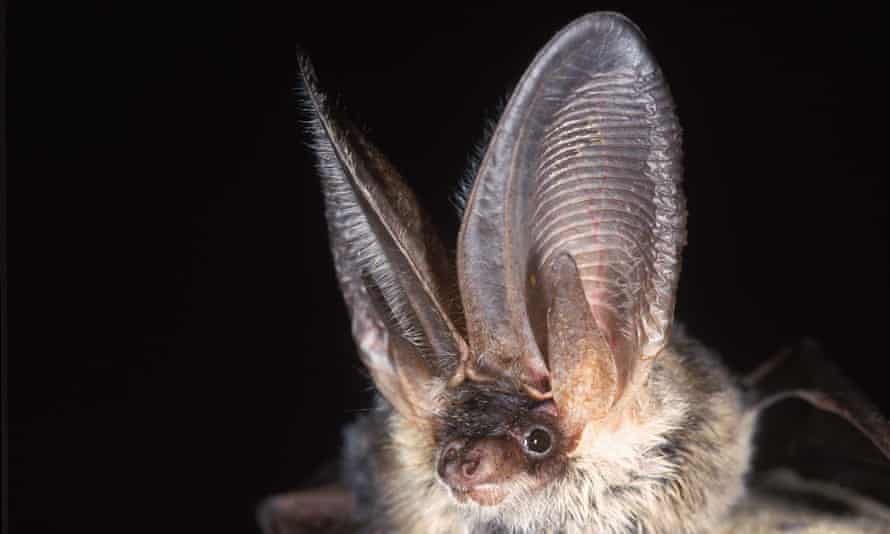
The impact of heatwaves has been particularly dramatic in Australia, causing mortality among flying foxes almost every year. Justin Welbergen, associate professor of animal ecology at Western Sydney University and president of the Australasian Bat Society, found evidence that at least 226,000 flying foxes had died during extreme heat events since records began, with 196,000 mortalities since 2008.
In south-east Queensland, at least 45,500 flying foxes died on one scorching day in January 2014. In November 2018, temperatures exceeding 42C in Australia’s north wiped out 23,000 spectacled flying foxes over two days, one-third of the country’s entire population. In December 2019 and January 2020, more than 65,000 flying foxes died in a series of extreme heat events.

“Since the 1970s, the chance of a grey-headed flying fox encountering temperatures greater than 42C has increased about threefold,” says Welbergen. “As climate change is progressing and these events become more common, this is going to put a lot of pressure on flying fox populations.”
The animals are already vulnerable to other threats, including habitat loss and persecution, but climate breakdown is now a leading concern for the survival of some of the species. “There is a real present risk that the spectacled flying fox and possibly the grey-headed flying fox will go extinct in Australia by the end of the century purely because of the effect of temperature extremes,” Welbergen says.
Flying foxes play an important ecological role as pollinators and seed dispersers. “They provide the glue that keeps the increasingly fragmented forest of Australia together,” he adds.
Scientists and conservationists are now investigating solutions to help bats cope with heatwaves. Teams from Western Sydney University and the University of Melbourne led by Welbergen have developed a flying fox heat stress forecaster that predicts the roost (or “camp” as they are called in Australia) locations where flying foxes are likely to experience extreme heat, up to 72 hours in advance. The tool helps wildlife carers, land managers and other stakeholders take action to limit flying fox die-offs.
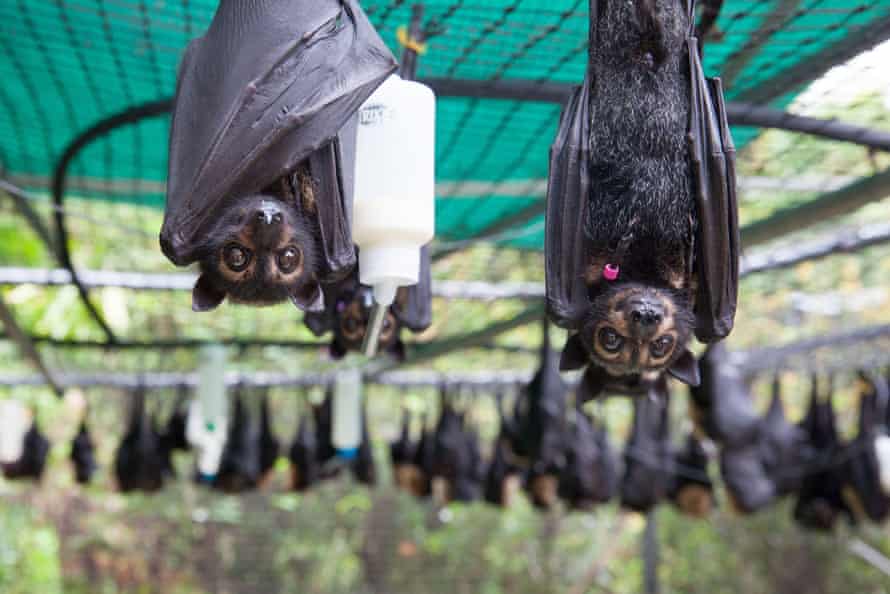
In the US, researchers are testing various bat box designs and locations with different solar exposures to see which ones are best suited for the endangered Indiana bat. They recorded temperatures as high as 52C in some boxes but found that modifications such as adding a chimney or a water chamber, or painting the boxes in lighter colours, could help stabilise temperatures.
The bats, however, may not be able to spot the difference between box designs. “If you put a box up in the right spot, bats might be just using it because of where it is on the landscape, not necessarily because of the microclimate a particular box design provides,” says Reed Crawford, a PhD student at the University of Illinois who is studying Indiana bat roosting preferences. “Unfortunately, you get a lot of mortalities when people put out bad designs in good places.”
As location seems to be a bat’s mantra when it comes to choosing the right piece of real estate, Lausen is working on a new set of guidelines to help landowners and wildlife managers in British Columbia install appropriate boxes. “We need to step back and think about how we can make these boxes better and safer for our bats,” she says.

Lausen encourages people to place several boxes in different spots – sunny, mixed sun and shade – to offer as many microclimates as possible so that bats have several options to choose from that are a short flight away. “Over the years, landowners have chased bats out of their attics and put up bat boxes instead, but that’s giving them one tiny portion of what they used to have,” Lausen says. “We know a single bat box is not going to meet the needs of a bat colony throughout the season.”
Lausen also promotes a bat-friendly approach in the neighbourhood. “Everybody needs to start talking to their neighbours and look beyond their back yard because bats are community resources,” she says. “It takes a village to raise bats.”
Find more age of extinction coverage here, and follow biodiversity reporters Phoebe Weston and Patrick Greenfield on Twitter for all the latest news and features


Average Rating